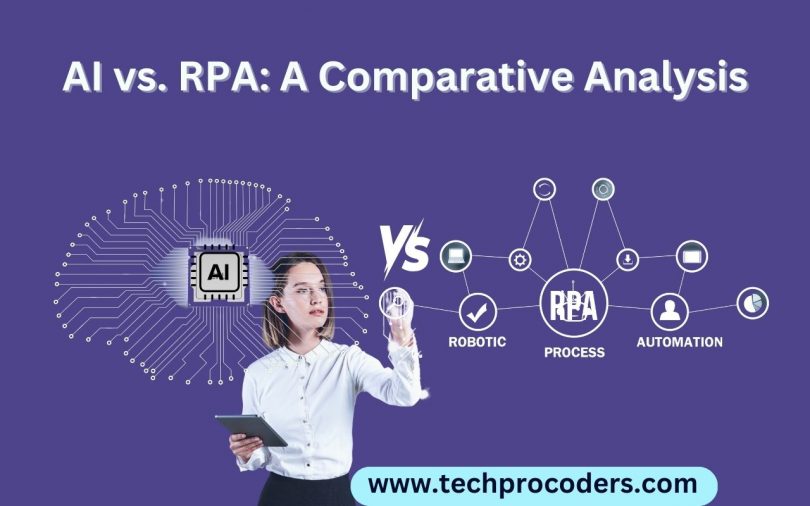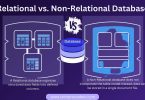Both AI and RPA are different technical tools used for automating assigned tasks. Each possesses various specifics addressing particular company interests.
Artificial Intelligence:
Artificial Intelligence means the creation of machines with brains as smart as those of people; machines that can think like humans, learn like humans, and solve problems the way humans do. AI works by means of complex algorithms and data analysis; this enables the machines to learn from accumulated data and then make decisions.
Robotic Process Automation (RPA):
The process entails the use of software bots which assist in automating redundant and rule based functions. These are what the industry has referred to as “virtual robots.” They are machines that interact with other software systems and perform tasks. This is actually true because RPA doesn’t feature machine learning and sophisticated decision making like AI in most cases. Unlike others, it simply complies with pre-set procedures which are guided by its programmers, thus, it is applicable in auto processing of daily jobs in different fields.
AI vs. RPA: Key Differences.
The key difference lies in the tasks they address…
- AI operates on high level tasks that require intelligence including pattern recognition, prediction and natural language interpreting whereas RPA is used for routine manual processes such as data capture and completion of forms.
- Complex decision-making and analysis in which cases AI is used are different from RPA which focuses on streamlining of repetitive, time consuming tasks hence reducing manual errors and processing time.
- Artificial intelligence excellence in the administration of complex tasks requires deep reasoning and decision making. Extensive datasets combined with powerful algorithms help achieve this proficiency, especially in ML and DL. Its self-learning abilities facilitate functions such as fraud detection and customer support.
- RPA is focused on using software robots which work in a similar way to human beings, and perform repetitive, rule-based functions (Nguyen & Pham, 2018). It follows defined regulations and three decisions that help it carry out activities such as invoice processing and filling forms with high precision.
- AI’s complexity lies in its reliance on advanced algorithms, large datasets and complex models for learning and decision-making. RPA functions based on predetermined rules and processes, making it a simple and direct automation solution.
- AI possesses learning capabilities, evolving over time without manual intervention and RPA operates based on predetermined rules and processes, remaining static.

Exploring Nuances: AI and RPA in Business.
Besides, AI is more flexible and can be used to execute different processes and perform other tasks, whereas RPA only operates on well-defined procedures.
Unlike RPA that is usually assisted by humans, AI works unsupervised.
Finally, the implementation of AI requires skills specialized in data science, machine learning and software development and hence, expensive and difficult to implement. On the other hand, the implementation of RPA entails a wider set of software development skills.
Both AI and RPA can be extended to cover complex and more wide-ranging business operations. The scalability of AI outshines that of humans because it is able to understand new inputs and adapt to them. On the other hand, RPA might require more programming or manual tweaking so as to successfully manage new tasks.
In most cases, AI is applied for sophisticated functions such as, for example, recognition of fraud, analytics for prediction, and natural language processing. In contrast, RPA is widely used in different tasks.
The application of AI and RPA is seamless in systems making them automate entire business processes and thus improve operational efficiency and productivity. Nevertheless, the integration of AI may prove complicated and the need to customize it for efficient functioning in connection with the current systems.
Summary:
In terms of specific business needs, both AI and RPA provide considerable advantages. AI works best with complicated and data-heavy jobs, but RPA is useful for straightforward, rule-based processes like manual ones. These technologies are complementary hence they create a complete solution by linking a variety of business procedures for improved efficiencies. Each of AI and RPA has its advantages and disadvantages. It all depends on the needs of the business, resources and budgetary restrictions. To this end, companies need to make an all-encompassing assessment of their automation goals to select the best approach that suits them well. Additionally, combination of AI, and RPA is used to automate multiple tasks and processes to ensure optimal efficiency.







